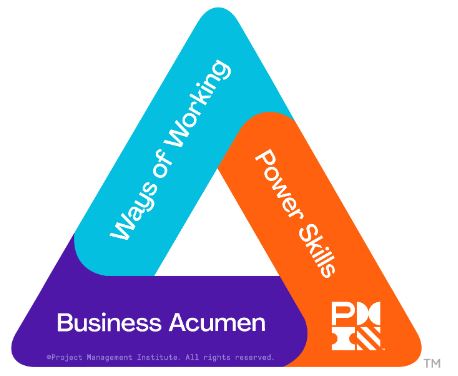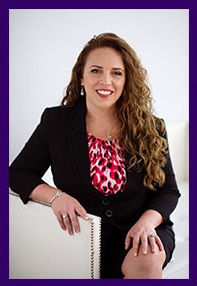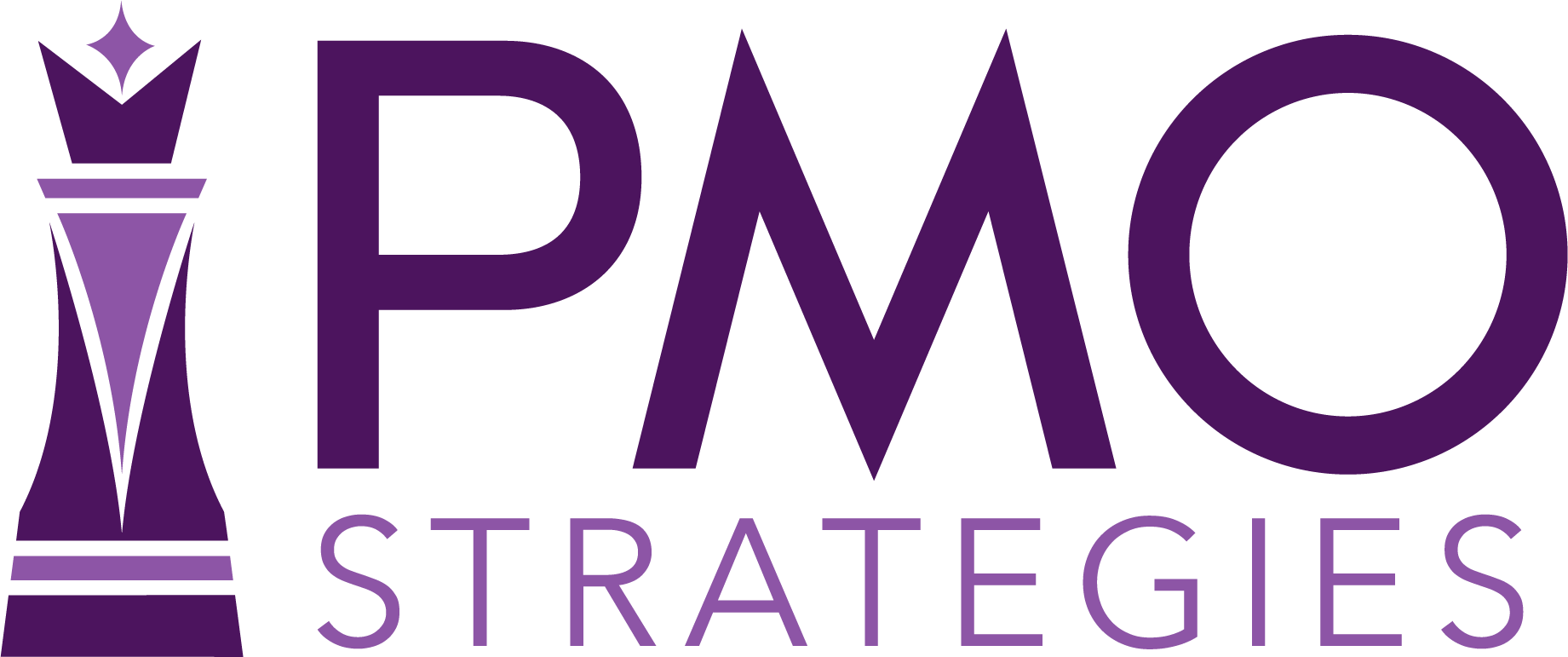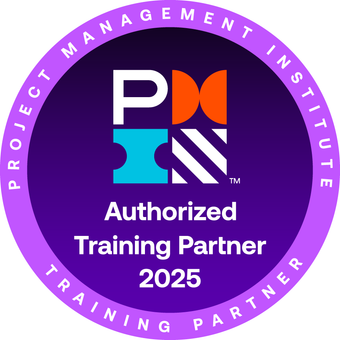Welcome to the PMO Strategies Podcast + Blog, where PMO leaders become IMPACT Drivers!

PMI Talent Triangle: Power Skills
What happens when imagination becomes strategy instead of afterthought?
You know how easy it is to stay in delivery mode, planning, tracking, and executing while the world keeps shifting around you. Most PMO leaders don’t struggle because they lack structure or skill. They struggle because they’re running on habit instead of vision.
As organizations face constant change, what they need most isn’t more control or more data. It’s leaders who can look ahead, picture what success could become, and build alignment before the work even begins. That’s what strategic imagination makes possible.
In this episode of the PMO Strategies Podcast, I’m joined by Dr. Rebecca Sutherns, CEO of Sage Solutions and author of multiple books on adaptive strategy and leadership. Through her ELASTIC leadership framework, she shows how imagination becomes a practical system for turning vision into action and keeping teams connected, energized, and aligned around real business IMPACT.
Why Strategic Imagination Shapes Alignment
Redefining alignment means learning to lead through imagination, not just execution.
That shift must begin before the plan is written, before timelines are drawn, and before teams start measuring progress. Leaders can’t align people around what they haven’t helped them picture.
It’s not about inventing something unrealistic. It’s about creating shared clarity—a vivid image of success that everyone understands and feels connected to. That’s what imagination makes possible when it’s practiced with purpose.
Even the most talented delivery teams lose momentum when their vision isn’t shared. You might have the right tools and governance in place, but if people are visualizing different outcomes, you’ll never move in the same direction.
Here’s why imagination is the foundation of real alignment:
Alignment starts with shared vision, not shared language.
You can use the same words and still mean different things. When people co-create a vivid picture of success, alignment becomes natural instead of forced.
Energy builds when people can see where they’re going.
Teams stay motivated when they can imagine the destination and their role in reaching it. Clarity fuels confidence.
Imagination connects today’s tasks to tomorrow’s goals.
When leaders describe what success looks and feels like, daily actions start aligning with strategy. That’s how execution turns into progress.
Curiosity prevents drift.
Asking “what if” and “why not” keeps the vision alive and adaptable when circumstances change. Imagination helps you recalibrate instead of reacting.
Shared pictures lead to shared outcomes.
When people can see the same future, they make better decisions in the present—and move faster together toward meaningful IMPACT.
Lead With an ELASTIC Mindset
Many leaders talk about adaptability, flexibility, and resilience, but rarely stop to ask what those words actually mean in practice.
We tell our teams to “be agile” or “stay open to change,” without realizing that adaptability isn’t just about reacting faster. It’s about learning to stretch without snapping, to stay grounded while everything around you moves.
According to Dr. Rebecca, that’s what true elasticity looks like—the capacity to stretch your thinking, your approach, and your perspective without breaking under pressure. It’s called the ELASTIC Leadership Framework, and here’s how it works.
- Energy- Protect and direct your energy so you can protect and direct yourteam. When you stay intentional about where your energy goes, your team knows what matters most.
- Likeability- Connection drives influence. When people like working with you, they listen, engage, and align faster even when the work gets tough.
- Adaptability- Shift your approach when circumstances change. Elastic leaders adjust their plans without losing focus, staying steady when others get stuck.
- Strategy- Look down the road and connect it towhat’s happening right now. Strategic imagination helps you see what’s coming and prepare the team to move with purpose.
- Trust- Build it early and protect it daily. Trust is the foundation that keeps alignment intact even when the plan changes.
- Imagination- Stretch beyondwhat’s obvious. Use imagination to design new solutions, anticipate risks, and connect people to a shared picture of success.
- Curiosity- Ask questions that expand the conversation. Curiosity keeps leaders and teams learning, exploring, and moving forward together.
Lead the Future Before It Arrives
The leaders who stand out aren’t reacting to what’s next. They’re imagining it, shaping it, and helping others see it before it happens.
Leading with imagination isn’t about adding more to your workload. It’s about using your energy differently, stretching your thinking so you can help others see what’s possible before the plan is written.
If you recognize yourself in this conversation, the question now is how you’ll put imagination to work inside your own team. That might mean helping your stakeholders co-create a shared vision, building curiosity into your next planning session, or using the ELASTIC principles to strengthen trust and focus.
You can start today by making imagination part of your daily leadership rhythm—asking better questions, painting clearer pictures of success, and guiding your team toward outcomes that truly matter.
The earlier you start bringing imagination into your strategy work, the faster you’ll see the benefits: stronger alignment, renewed energy, and greater influence across the business.
👉 Click play above to learn how to turn imagination into a leadership advantage that fuels alignment, clarity, and lasting IMPACT.
 Connect with Dr. Rebecca Sutherns:
Connect with Dr. Rebecca Sutherns:
Follow her on LinkedIn
Listen to her podcast interviews
T hanks for taking the time to check out the podcast!
hanks for taking the time to check out the podcast!
I welcome your feedback and insights!
I’d love to know what you think and if you love it, please leave a rating and review in your favorite podcast player. Please leave a comment below to share your thoughts. See you online!
Warmly,
Laura Barnard








